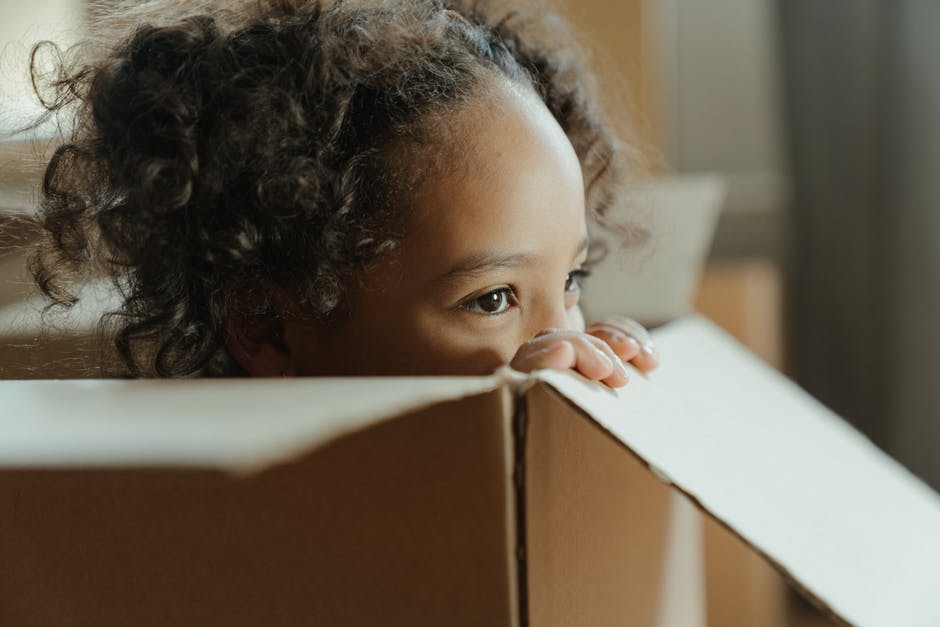People with curly hair live by different standards; it’s hard to say anyone I knew growing up was “confidently curly.” Having curly hair comes with more than just super consistent upkeep and products, it comes with a certain shame. It is accompanied by prep, planning, and praying the weather doesn’t go rogue. For me, it comes with feeling like you’re not beautiful because you were born with hair that cannot adhere to social norms and trends.
Many of us were not taught how to use or how to love our curly hair, but rather to hide it. We straighten it, we tame it, we try to do everything we can aside from embracing it. Now that I am a mother, I think differently about the concept of “beauty” and how I want my daughter and future women of the world to respond to what that even means. I want girls (and all people, really) to know it’s okay to embrace their curls.
Getting Back to “My Roots”
My daughter is not a curly girl, so it never crossed my mind to make extra effort when embracing mine. One day, at a playdate, I met a perky little girl whose hair spiraled perfectly. Her mom, a brunette wavy-haired woman, proudly mentioned that she was helping her child learn how to train her curls and how to love them. Research lent her methods, patience lent her success.
I remember trying to think back to a time when I embraced my curls. There was a very hot moment in college, but that was it. The thoughts continued: What if I had a curly girl or boy? What if my daughter has a curly friend? What if ever there was a curly girl who never ever saw a curly mom, because curly moms were too unwilling to literally let their hair down? And worst of all . . . what if my willingness to throw it in a messy bun all those times, created an inevitable unwillingness for a curly girl to embrace who she is?
Goodbye, Tamed Shame!
When sending curly girls, boys, and moms out into the world, it’s imperative we do so with support and resources. On my quest to “return to my roots,” to be an example, and begin to love my curls, I learned many tips, tricks, and methods. With these three tips, we can try to work together to encourage girls (and women) to be confident and fully cultivate their curls.
- Encourage experimentation and be a role model. Give them tools to experiment. Bad hair days happen to everyone, not just curly girls. Don’t give up on embracing the curly life. Trial and error is a part of figuring out what works best for your curls. Extra time at home allows time for trial and experimentation. Be an example. Little eyes are always watching. Go on mama, let your hair down!
- Eventually, embrace a method. Why not get crazy with our hair? While there are many out there, I’m going to give it to you straight—so many of us are personally LOVING the Curly Girl Method. It has a few basic rules, tools, and groups, which bring together a wealth of knowledge from the web to flawlessly train our curls. From exploring like-minded curly girl brains, to experimentation like plopping and curly cuts, the resources are all there! Curly Girl offers more than resources and methods, it lends you a sisterhood of curly-headed folk.
- Let children decide their own idea of beauty. Remember that your hair does not define who you are—whether you love it, or hate it. The concept of loving what you look like is hard for most adults. It’s not any different for children. If it doesn’t work, it doesn’t work. Try again later. Help them redefine their own idea of beauty by helping them understand that beauty is not what we look like, but rather who we are inside. With that, they can always be confident about who they are. Don’t you forget it either, mama!
Confidently Curly
It’s important for children to start developing their personal autonomy at a young age. It helps build confidence and allows them to think and act for themselves. It’s our job as parents to help locate the tools for our children to do that! For some of our children, it starts right at the top of their head, with the very curl of their hair . . . take it from a curly girl.











